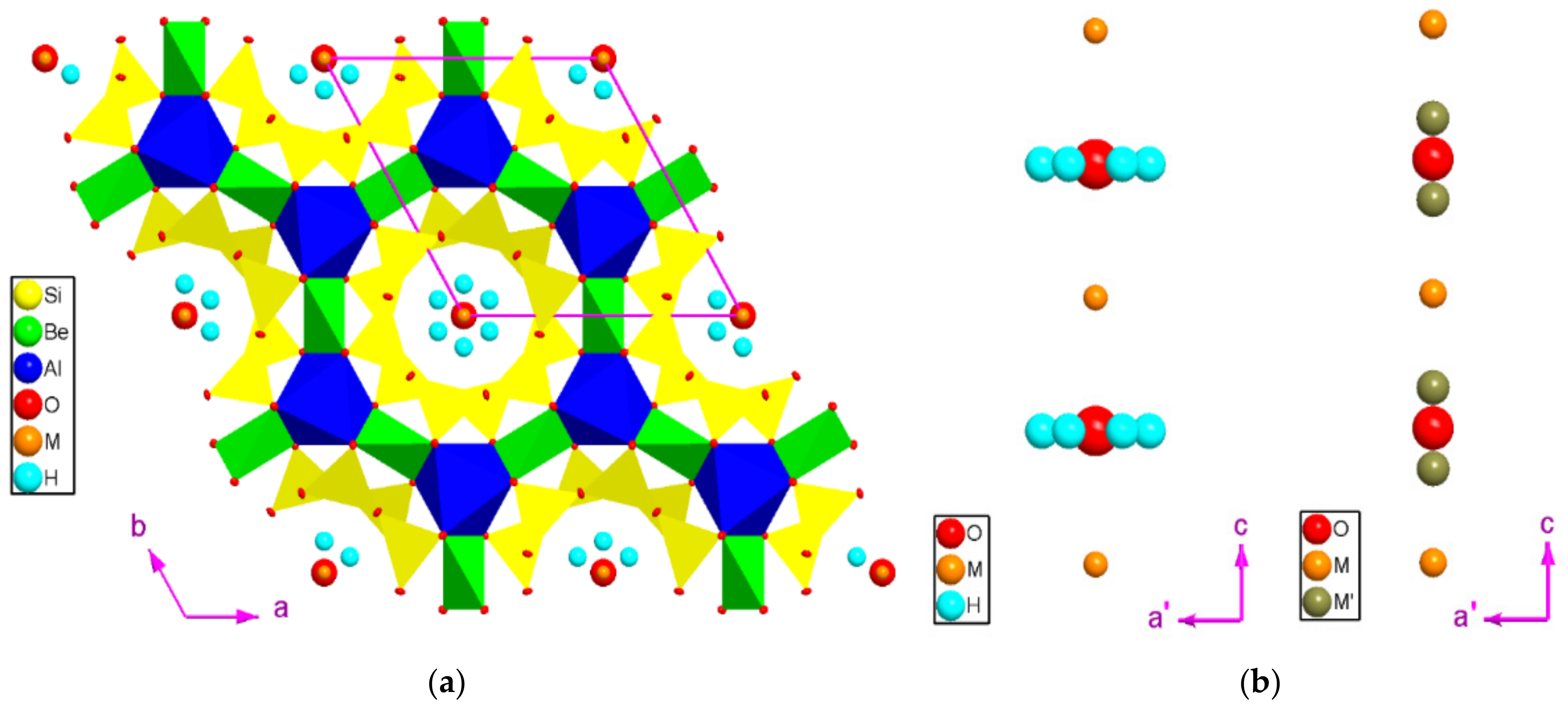NHC Beryl’s Impacts

Nhc beryl – Hurricane Beryl made landfall in the Caribbean as a Category 1 hurricane, bringing with it strong winds, heavy rainfall, and storm surge. The storm caused widespread damage across the region, including infrastructure, property, and natural resources.
The high winds caused significant damage to buildings, roofs, and power lines. Many homes and businesses were left without power, and some areas were without electricity for several days. The storm surge also caused extensive damage to coastal areas, flooding homes and businesses and eroding beaches.
Human Toll
In addition to the physical damage, Hurricane Beryl also had a significant human toll. The storm caused widespread displacement, with many people forced to evacuate their homes. The storm also caused injuries and loss of life. There were several reports of people being injured by flying debris or falling trees, and there were also several fatalities.
The National Hurricane Center (NHC) is monitoring Hurricane Beryl as it approaches Puerto Rico. The storm is expected to bring heavy rain and strong winds to the island, which is still recovering from the devastation caused by Hurricane Maria in 2017.
Residents of Puerto Rico are urged to prepare for the storm and to stay informed about the latest forecasts from the NHC. Puerto Rico is no stranger to hurricanes, and the people of the island are resilient and strong. They will face this storm with the same determination and spirit that they have shown in the past.
Natural Resources
Hurricane Beryl also had a significant impact on natural resources. The storm’s strong winds and heavy rainfall caused widespread flooding, which damaged crops and livestock. The storm also caused significant damage to forests, with many trees being uprooted or snapped in half.
NHC Beryl is expected to bring heavy rain and possible flooding to the Leeward Islands and Puerto Rico. The storm is expected to continue moving west-northwest, and its path can be tracked at where is beryl headed. NHC Beryl is expected to weaken as it moves over cooler waters, but it could still bring significant rainfall to the affected areas.
NHC Beryl’s Path and Characteristics

Hurricane Beryl was a Category 3 storm that formed over the Atlantic Ocean in July 2018. The storm had a significant impact on the Caribbean and Bermuda, causing widespread damage and flooding. The path of the storm and its meteorological characteristics are described in detail below.
Timeline of Hurricane Beryl’s Path, Nhc beryl
Hurricane Beryl formed as a tropical depression on July 5, 2018, over the central Atlantic Ocean. The depression strengthened into a tropical storm the following day and was named Beryl. Beryl continued to strengthen and reached hurricane status on July 7th. The storm made landfall in Dominica on July 8th as a Category 2 hurricane. Beryl continued to move westward, passing near Puerto Rico and the Dominican Republic before making landfall in Bermuda on July 10th as a Category 3 hurricane. Beryl weakened to a tropical storm as it moved away from Bermuda and dissipated over the open Atlantic on July 12th.
Meteorological Characteristics of Hurricane Beryl
Hurricane Beryl had a maximum sustained wind speed of 125 mph (205 km/h) and a minimum central pressure of 952 mb. The storm produced heavy rainfall, with some areas receiving over 10 inches of rain. Beryl also caused significant storm surge, with waves reaching heights of up to 15 feet (4.6 meters) in some areas.
Factors Influencing Beryl’s Intensity and Movement
The intensity of Hurricane Beryl was influenced by several factors, including warm ocean waters, low wind shear, and a favorable upper-level environment. The storm’s movement was primarily driven by the prevailing easterly trade winds.
NHC Beryl’s Preparedness and Response
As Hurricane Beryl approached, authorities and communities across the affected areas took swift action to prepare and respond to the storm. These measures played a crucial role in mitigating the impact of the hurricane and safeguarding lives and property.
Preparedness Measures
In anticipation of Hurricane Beryl, local governments and emergency management agencies implemented comprehensive preparedness plans. These plans included:
- Issuing timely evacuation orders for coastal and low-lying areas.
- Activating emergency response teams and setting up shelters for evacuees.
- Securing loose objects and reinforcing buildings to minimize damage.
li>Stockpiling essential supplies such as food, water, and medical equipment.
Effectiveness of Preparedness Measures
The preparedness measures taken proved effective in reducing the impact of Hurricane Beryl. Evacuation orders allowed residents to seek safety in higher ground, while reinforced buildings and secured objects helped prevent structural damage. Emergency response teams were able to quickly respond to calls for assistance, and shelters provided temporary accommodation for evacuees.
Best Practices for Hurricane Preparedness and Response
Based on the lessons learned from Hurricane Beryl, several best practices for hurricane preparedness and response can be highlighted:
- Develop and implement comprehensive preparedness plans that involve all levels of government and emergency response agencies.
- Issue timely evacuation orders and provide clear instructions to residents.
- Stockpile essential supplies and ensure their accessibility during the storm.
- Reinforce buildings and secure loose objects to minimize damage.
- Train and equip emergency response teams to effectively respond to the aftermath of the storm.